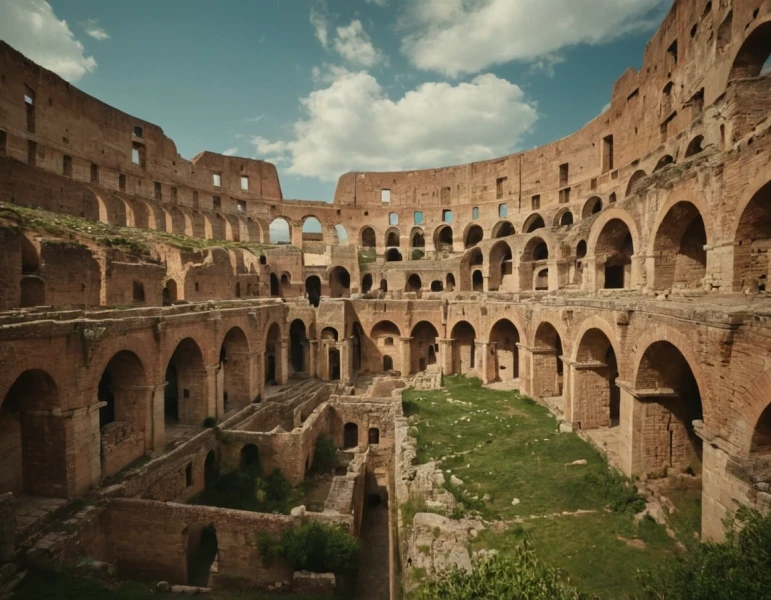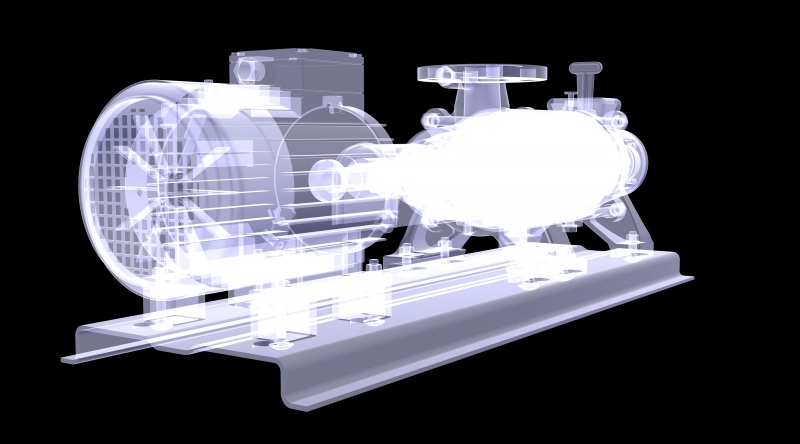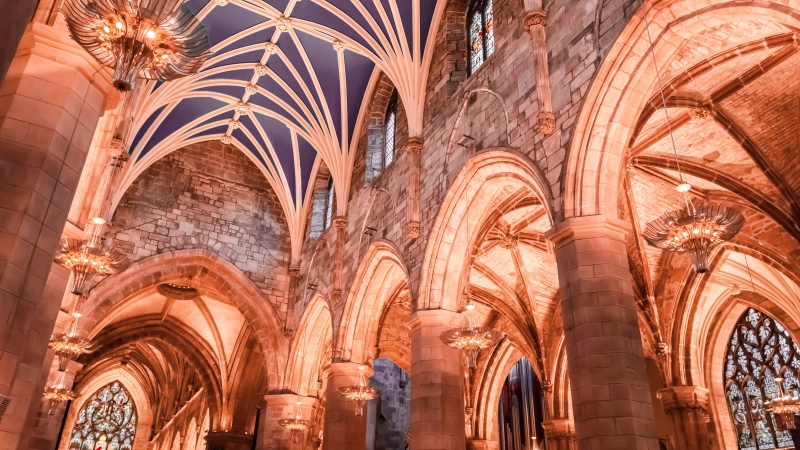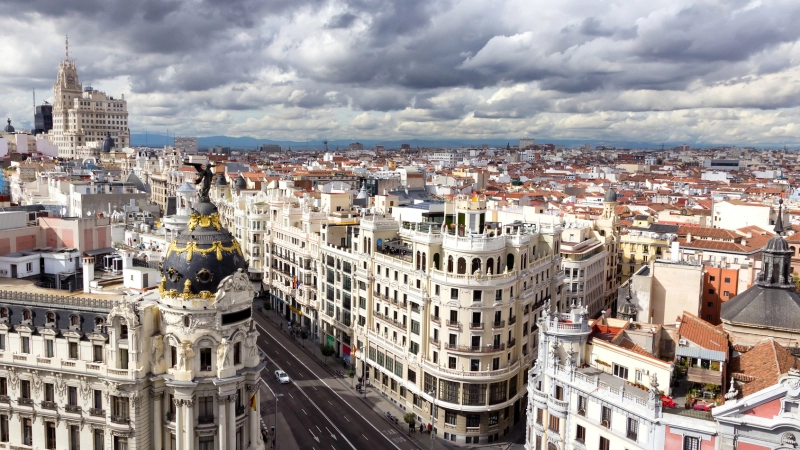Educa UNIVERSITY|ART AND ARCHITECTURE
Romanesque Art: History, Characteristics and Legacy
Related Masters
Romanesque Art: History, Characteristics and Legacy
I am going to talk to you about a subject that I am deeply passionate about and that has marked my life as an art lover: Romanesque art. A style that seems sober at first glance, but keeps a unique strength and spirituality. This movement transformed Europe between the eleventh and thirteenth centuries and still impacts those who contemplate it today.
What is Romanesque Art?
Romanesque art was born in Europe in a context of renewed Christian faith. Its name is inspired by the architectural style of the ancient Romans, which influenced the monumental medieval churches and monasteries. This style is macizo, with thick walls, round arches and barrel vaults, designed to inspire respect and stability.

Why is it so robust? The reason is simple: at that time the constructions not only had a religious function, but also a fortress, as they served as a refuge from attacks. Thus, the Romanesque symbolizes protection and spirituality at the same time.
Characteristics of Romanesque Art
To better understand this style, we must divide it into its main manifestations:
Romanesque Architecture
The Romanesque architecture stands out for its monumentality and solidity. Churches and cathedrals had a Latin cross floor plan (such as that of the Cathedral of Santiago de Compostela, a Romanesque jewel). This helped guide the faithful, especially pilgrims on the Camino de Santiago, to the relics of the saints. Churches were usually oriented from west to east, a symbolism of faith looking towards Jerusalem.
Romanesque sculpture
Romanesque sculptures, far from seeking realism, focused on conveying a clear and didactic message. For example, in the tympanums of the main doors it is common to see the representation of Christ in Majesty or the Last Judgment. The figures are rigid and schematic, with hieratic expressions that reinforce the message of eternity.
The column capitals were also decorated with reliefs, ranging from biblical scenes to symbolic and fantastic elements. All with one intention: to teach Christian doctrines to a mostly illiterate public (sources: Arquitectura Técnica, Enciclopedia Iberoamericana).
Romanesque painting
The Romanesque painting decorated the interior walls of churches, usually in fresco technique. Unlike other periods, here perspective is not important, but the expressiveness of the figures. The colors are strong, highlighting the duality between good and evil. The main scenes usually depict Christ in Majesty, the Last Judgment and the lives of the saints (sources: Mucha Historia, Algor Education).
Faculties
Trainings
The faculties embrace diverse academic disciplines and fields of study, opening doors to new perspectives and exploring different spheres of wisdom in a constantly evolving world.
Legal Notice • Enrollment Conditions • Privacy Policy • Cookie Policy• Copyright @ 2024 • Educa University
Powered by














